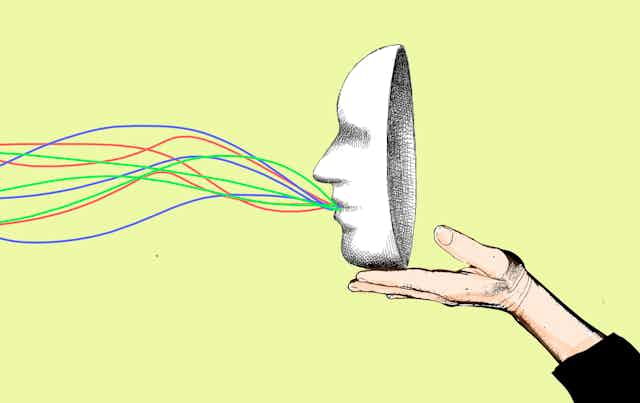Christopher Pelkey was shot and killed in a road range incident in 2021. On May 8, 2025, at the sentencing hearing for his killer, an AI video reconstruction of Pelkey delivered a victim impact statement[1]. The trial judge reported being deeply moved[2]
Precise measurement standards have revolutionized museum science, helping nail down where artifacts are from
On a cool February morning in 1904, a spark ignited a fire[1] in the heart of downtown Baltimore. Within hours, a raging inferno swept eastward across the harbor district, consuming everything in its path. By evening, the local firefighters were overwhelmed,
Beyond de-extinction and dire wolves, gene editing can help today’s endangered species
Have you been hearing about the dire wolf lately? Maybe you saw a massive white wolf[1] on the cover of Time magazine or a photo of “Game of Thrones” author George R.R. Martin holding a puppy[2] named after a character from his books.
The dire wolf,
An arms control expert explains how Trump’s missile defense threatens to make the US less safe
President Donald Trump’s idea of a “Golden Dome”[1] missile defense system carries a range of potential strategic dangers for the United States.
Golden Dome is meant to protect the U.S.[2] from ballistic, cruise and hypersonic missiles, and missiles
Meet the 19th-century astronomer who used science fiction to imagine the red planet
Living in today’s age of ambitious robotic exploration of Mars[1], with an eventual human mission to the red planet[2] likely to happen one day, it is hard to imagine a time when Mars was a mysterious and unreachable world. And yet, before the invention
The rise and fall – and rise again – of white-tailed deer
Given their abundance in American backyards, gardens and highway corridors these days, it may be surprising to learn that white-tailed deer were nearly extinct about a century ago. While they currently number somewhere in the range of 30 million to 35
Read more https://theconversation.com/the-rise-and-fall-and-rise-again-of-white-tailed-deer-257307
How AI is helping researchers sniff out disinformation campaigns

It is not often that cold, hard facts determine what people care most about and what they believe. Instead, it is the power and familiarity[1] of a well-told story that reigns supreme. Whether it’s a heartfelt anecdote, a personal testimony or a meme